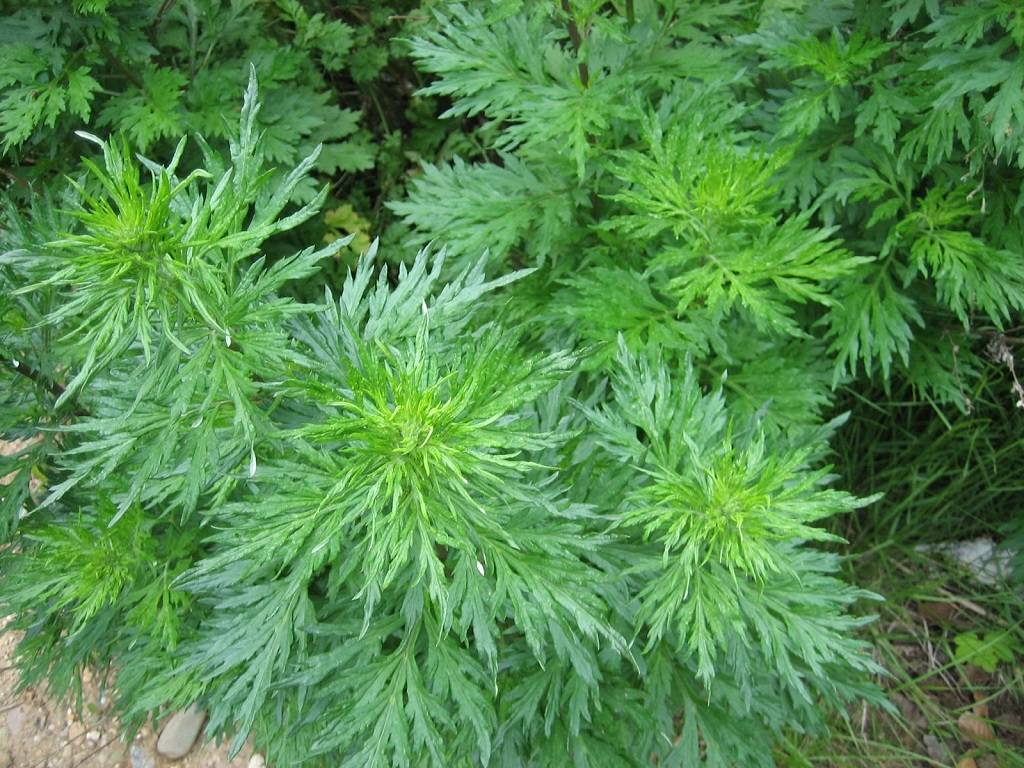
Davana (Artemisia pallens) that belongs to the Asteraceae family, is an important annual aromatic herb, much prized in India for its delicate fragrance. It is commonly used in garlands, bouquets, and religious offerings in most parts of the country.
The essential oil found in the leaves and blossoms is prized for its fine and delicate scent and utilized in high-end cosmetics and perfumes. Esters (65%), hydrocarbons (20% of the oil of davana), and oxygenated compounds are also present (15%). The main ingredients responsible for Davana's distinctive odour are esters.
The essential oil of Davana which is a brown, viscous liquid with a rich, fruity odour has acquired a considerable reputation in the international trade, particularly in USA and Japan where it is being used for flavouring cakes, pastries, tobacco, and beverages.
Origin
The plant grows wild in the temperate Himalayas. It is commercially cultivated in Karnataka, Maharashtra, Kerala, Tamil Nadu, and Andhra Pradesh in an area of about 1000 ha. It is common in the Kashmir Valley, the Simla, and Nanital Hills.
Soil and Climate requirements
The crop may thrive on a range of soils, including sandy loam to medium black. However, the ideal soil is a healthy, well-drained, sandy loam that is rich in organic matter. When Davana is cultivated for essential oil extraction, the season is a crucial factor to be considered. When a crop was cultivated in the winter as opposed to other seasons, the oil content in the plants was found to be at its highest. As a result, the crop should be sown during the first week of November when it is cultivated for oil production.
A few light showers, a mild winter, and no frost are ideal for the plant's healthy growth. It has been shown that extreme heat and frequent rain during flowering not only negatively impact plant development but also diminish oil content and eventually oil output.
Manures and Fertilizers
Davana responds well to the application of manures and fertilizers. At the time of land preparation, 6 t/ha of well-decomposed FYM is mixed into the soil. Then, at the time of transplanting, a fertilizer dose of 40 kg P and 40 kg K/ha is applied. Nitrogen is delivered at a rate of 120 kg/ha in three equally divided doses; the first dosage is administered 10 days after transplantation, and the next two doses are administered at intervals of 15 days.
Irrigation
After transplanting, the plots are immediately provided with light irrigation. After that, irrigation is given once every three to four days, depending on the weather, until the seedlings are well-established (10 to 12 days later).
Insect Pests
In Davana, no significant insect pest attacks have been reported. However, several insect pests, including termites, aphids, and caterpillars that devour leaves, have been seen to attack the crop.
The spraying of any systemic insecticide, such as 0.05 percent Monocrotophos or 0.2 percent Dimethoate, will control the incidence of aphids, while the spraying of contact insecticides, such as 0.2 percent Metacid, will control caterpillars that eat leaves. After transplanting, the plots are immediately given light irrigation. After that, irrigation is given once every three to four days, depending on the weather, until the seedlings are well-established (10 to 12 days later).
Harvesting
After 110–115 days from sowing, or in the second or third week of February, the crop begins to blossom. When around half of the plants have reached the blooming stage, the plants should be picked to get the most essential oil output possible. This often occurs 120–125 days after sowing, or around the end of February or during the first week of March. Cutting the plants from the base is how they are harvested.
Obtaining a ratoon crop in Davana is reportedly possible, but it is not practical because the main crop is only harvested in the month of March, and the ratoon begins sprouting by the end of March or the beginning of April. This is because the high temperatures during these times cause poor plant growth and mutilated flower buds that may even fail to open. Since the flowerheads are the main source of oil, the crops that are thus acquired become unprofitable.
Yield and Oil Content
Fresh herbage yield, including flowerheads, is between 12 and 13 t/ha. However, after being in the shade for two days in a lab setting, the entire plant has a 0.29 percent oil content. A large-scale distillation generating 12–13 kg/ha of oil with an average recovery of about 0.2% may be considered satisfactory. The flower heads produce the majority of the oil when the entire plant is used to extract oil. The amount of oil in a plant as a whole is very little affected by the leaves and stems.











